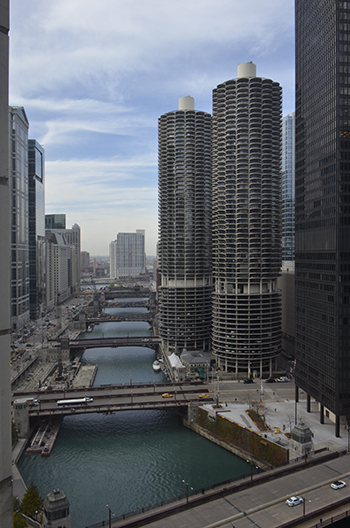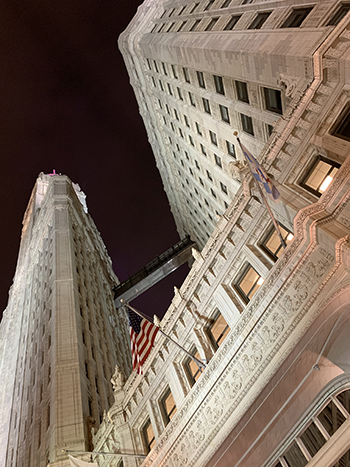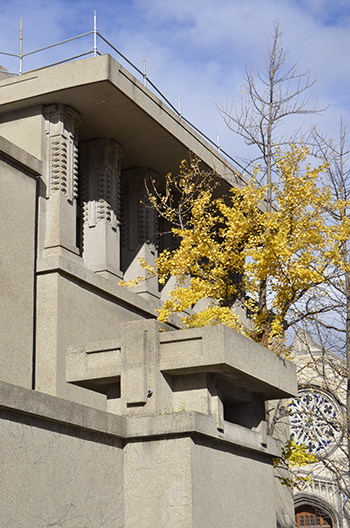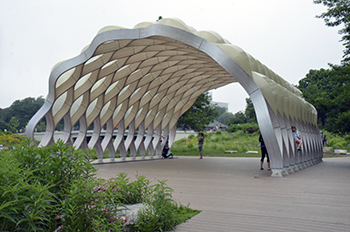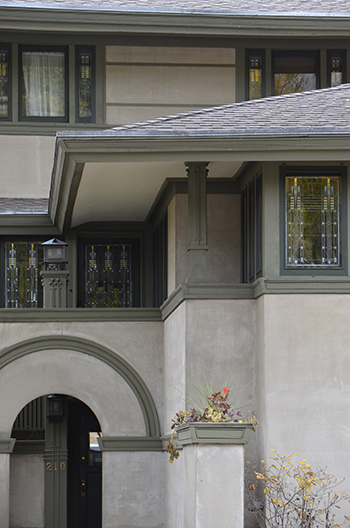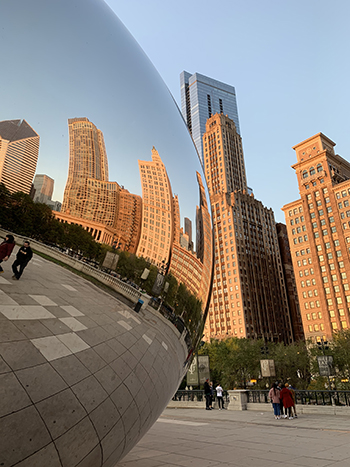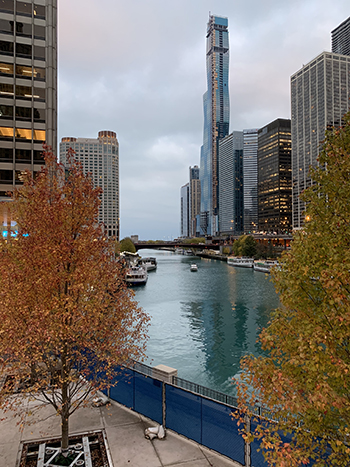Historically, shifts in building technology and methodologies have generated changes in the expression and form of architecture. The Modern theorist and architect Eugène-Emmanuel Viollet-le-Duc said that the integration of architecture and technology is necessary to create an honest reflection of societal values, environment, and culture. He implies that the architecture produced with a knowledge of some engineering concepts would perform technically while manifesting novel architectural form and spatial experience. Is this relevant today? Can students enhance design while they integrate technology, critically explore materials, or embrace nuances of user experience to ultimately feel empowered to make informed decisions? What technical or social factors impact architectural form and performance? What distinguishes performative architecture from performance-based design? How much understanding and ability is necessary to encourage architects to actively engage in decisions throughout the design process that have significant impacts on users, building form, and performance?
The call for abstracts, papers, and posters for this conference looks for submissions that address an aspect of performance in architecture. Proposals could involve a wide variety of assessments including but not limited to systems, materials, energy, carbon, daylight, user experience, or software. We encourage the sharing of teaching strategies that best empower students to understand or apply building performance in the design process, faculty research that incorporates assessment, analysis, or measurement of the performance of architectural form, connections between faculty and industry professionals, and a overall exploration of different approaches to the balance of architectural design with other relevant topics within curricula.
- Integrated Design
- Design-build
- Energy and Embodied Carbon
- Materials and Construction
- Building Systems
- User Experience and Cultural Topics
- Urban Design
- Teaching Pedagogy
- Open
Chicago sits in the center of the mid-west in the USA and for a long time was the center of technological development in architecture and engineering. From the first skyscrapers and tall buildings to the renewal of the city center with landscapes and public functions, Chicago remains a city of architecture. We are hoping that by situating the conference at the Chicago Architectural Center, with some off-site events at the Illinois Institute of Technology, the venues will serve to excite and inspire discussion. The CAC is within walking distance of Millennium Park and the Historic Loop District.
From the point of view of travel it is easy to get to. Most cities have direct flights to Chicago (O'Hare or Midway), and it is an inexpensive ride in on the CTA from the airport to our venue.
A reminder to all conference attendees that the US Government will require either RealID or a Passport as of May 7, 2025 to board a plane. Please be sure you are ready to fly!
For more information on RealID please click here |
|

